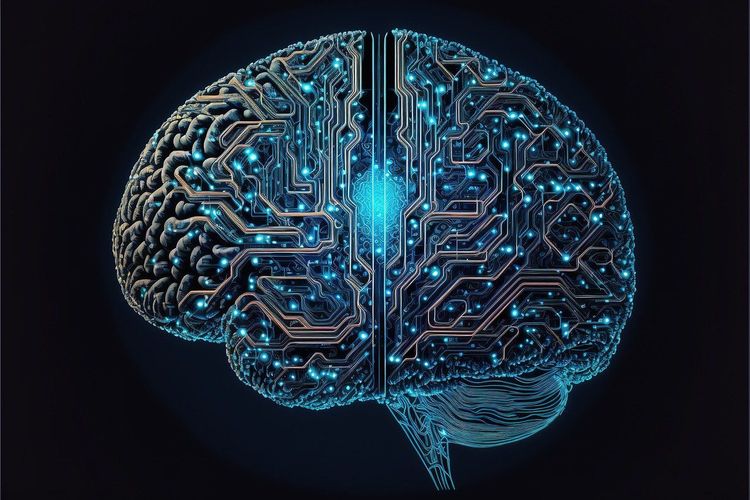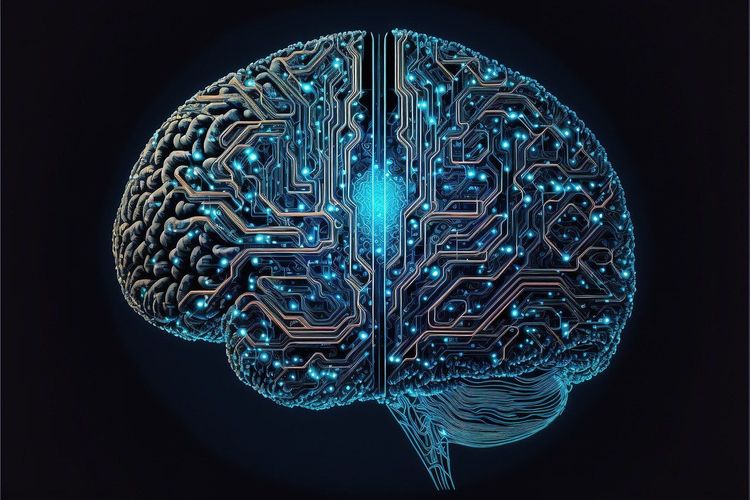OpenAI has launched Sora, its first video-generating model, showcasing remarkable cinematic capabilities. Recent insights from a technical paper titled “Video Generation Models as World Simulators,” co-authored by several OpenAI researchers, reveal Sora’s advanced capabilities beyond initial expectations.
The paper discloses that Sora can produce videos at various resolutions and aspect ratios, supporting output up to 1080p. Additionally, Sora is adept at performing numerous image and video editing tasks, including creating seamless looping videos, extending video timelines backward or forward, and altering backgrounds in existing footage.
Most fascinating is Sora’s potential to “simulate digital worlds.” The researchers conducted an experiment using prompts related to "Minecraft," leading Sora to generate a convincing Minecraft-like game interface complete with realistic game dynamics and physics, all while controlling the player character.
How does Sora achieve this? According to Nvidia senior researcher Jim Fan (as noted by Quartz), Sora operates more like a “data-driven physics engine” than merely a creative tool. Rather than generating a single image or clip, Sora calculates the physics of objects within an environment and renders a photo, video, or interactive 3D world based on these physics calculations.
The OpenAI co-authors assert, “These capabilities suggest that continued scaling of video models offers a viable path toward creating sophisticated simulators of both the physical and digital realms, as well as the entities within them.”
Despite Sora’s impressive capabilities, it faces limitations in the domain of video gaming. For instance, the model struggles to accurately mimic fundamental interactions, such as the shattering of glass. Even in scenarios it can model, Sora's output can be inconsistent—for example, it might depict a person eating a burger without rendering bite marks.
However, the paper implies that Sora could facilitate the development of more realistic, perhaps even photorealistic, procedurally generated games purely from text descriptions. While this potential is thrilling, it raises concerns, particularly regarding the implications of deepfake technology. This may explain OpenAI's decision to restrict access to Sora through a limited program for the time being.
We look forward to uncovering more details about Sora in the near future.







